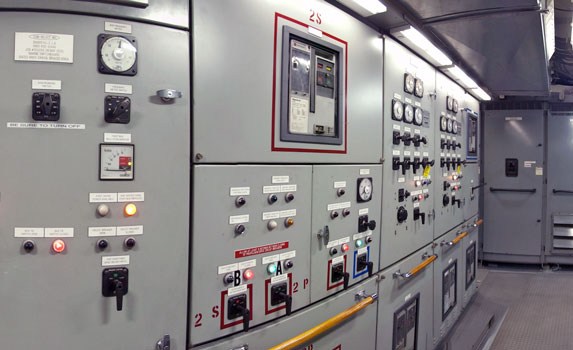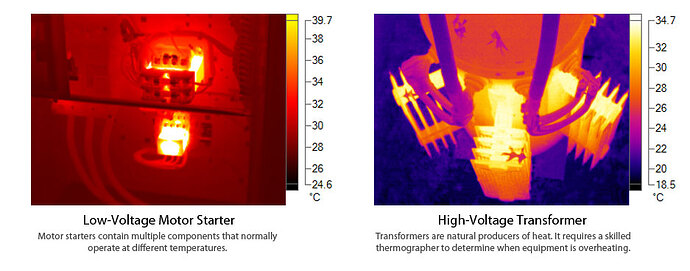Regular maintenance is essential step for ensuring the reliability, safety, and efficiency of electrical power distribution systems. By proactively identifying and addressing power system problems through an Electrical Maintenance Plan, potential issues can be resolved before they escalate into major failures or disruptions.
1. Good housekeeping
Maintaining a clean and organized environment around electrical equipment is an important step for ensuring the reliability and safety of power systems. By practicing good housekeeping, you can prevent the accumulation of dust, debris, or other contaminants that may cause insulation breakdown or create electrical hazards.

Good housekeeping is essential. Electrical distribution equipment should be kept clean and free from debris.
Regularly cleaning equipment, removing unnecessary clutter, and keeping clear access paths to electrical components make it easier to identify potential problems and perform maintenance tasks effectively.
Related: Cleaning Methods for Electrical Preventive Maintenance
2. Visual inspections
Visual inspections involve visually examining electrical equipment and components to identify any visible signs of damage, wear, or abnormalities. By carefully observing the condition of wires, cables, connectors, insulation, circuit breakers, transformers, and other components, you can often detect issues such as loose connections, overheating, corrosion, or physical damage.
Trusting your instincts and addressing anything that looks unusual or out of place during visual inspections can help prevent major power system problems.
3. Mechanical inspections
Mechanical inspections involve physically operating switches, breakers, disconnects, and other mechanical components of the power system to ensure their proper functionality. Regularly opening and closing breakers, for example, helps prevent them from becoming stuck due to lack of use or internal faults.
By performing mechanical inspections, you can verify that all mechanical parts are operating smoothly, detect any abnormal sounds or movements, and address issues before they escalate into major failures.
Related: Fastener Torque in Electrical Systems: Understanding the Basics of Mechanical Connections
4. Thermographic survey (Infrared Scan)
A thermographic survey, also known as an infrared scan, uses thermal imaging cameras to detect and visualize temperature variations in electrical equipment. This method is particularly useful for identifying hidden or hard-to-detect issues that may not be visible to the naked eye.
By conducting a thermographic survey, you can detect abnormal temperature patterns, hot spots, or overheating in electrical connections, components, or equipment. These temperature anomalies can indicate problems such as loose connections, overloaded circuits, faulty insulation, or impending equipment failure. Addressing these issues early can help prevent unplanned outages, equipment damage, and potential safety hazards.
Related: Infrared Thermography for Electrical Distribution Systems
5. Outage maintenance
Outage maintenance refers to performing maintenance tasks on the power system during planned outages when the equipment is de-energized. Certain testing and maintenance procedures, such as insulation resistance testing, power factor testing, or comprehensive equipment inspections, require the power system to be shut down for safety reasons.
During outage maintenance, technicians can conduct thorough inspections, testing, calibration, cleaning, lubrication, and repairs without the risk of electric shock or arc flash accidents. This allows for more detailed and comprehensive maintenance activities to be performed, ensuring the power system’s reliability and integrity.
Related: Switchgear and Switchboard Inspection and Testing Guide

